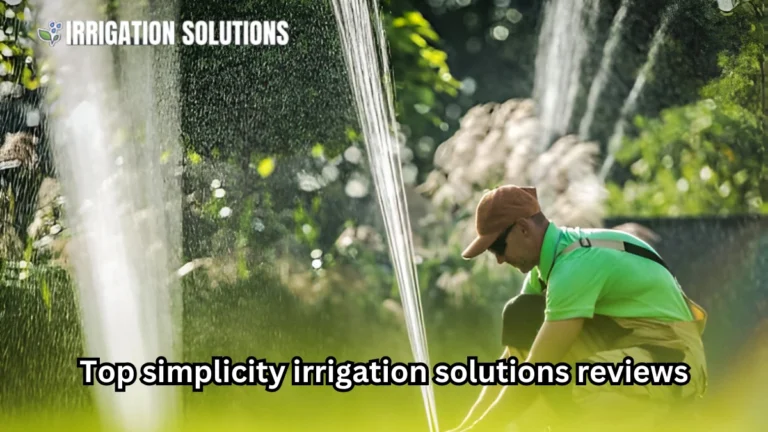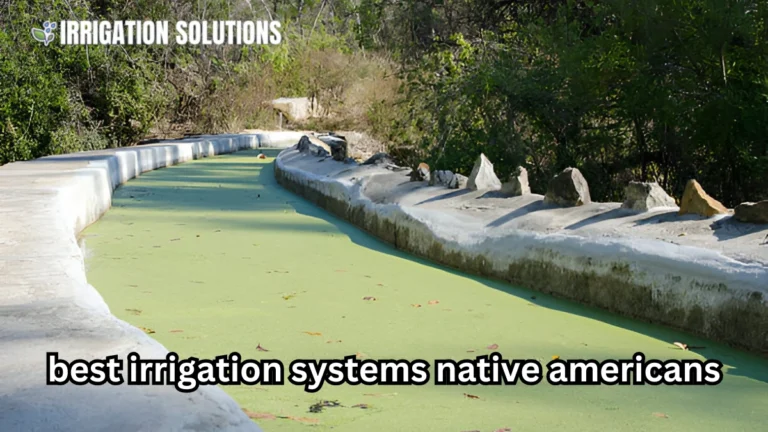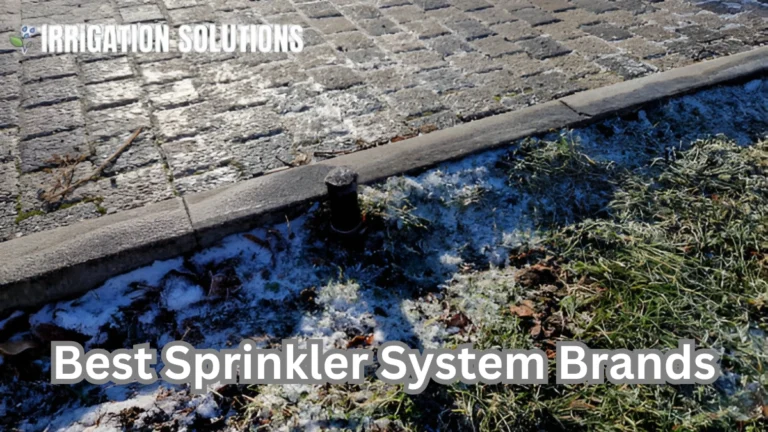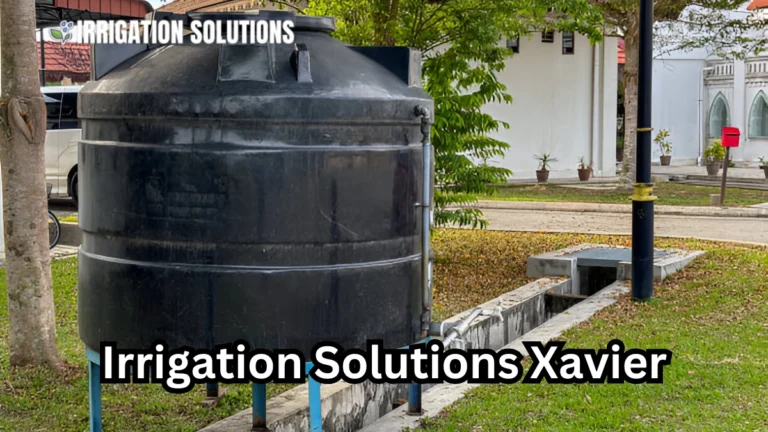professional irrigation solutions Guide
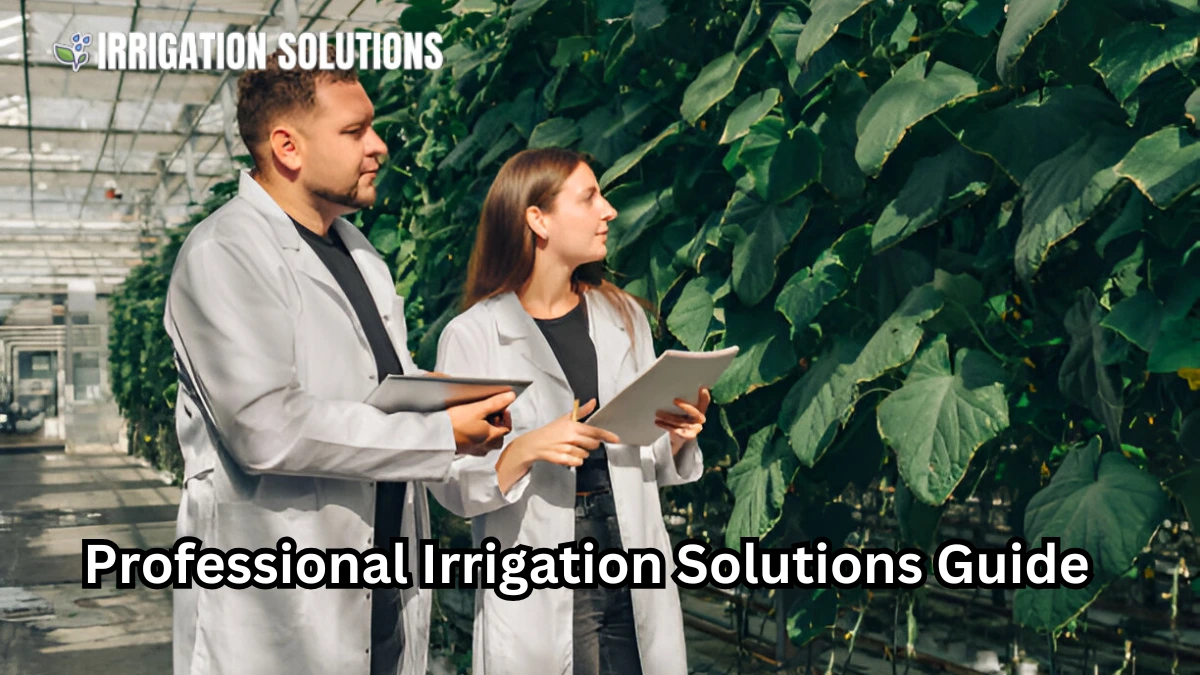
Efficient water management is the cornerstone of successful agriculture and landscaping. In today’s era, where water conservation is more critical than ever, professional irrigation solutions play a vital role in optimizing resources, enhancing crop yields, and maintaining lush landscapes. This comprehensive guide will explore the nuances of professional irrigation systems, offering valuable insights into their types, benefits, installation processes, and maintenance strategies.
The Importance of Professional Irrigation Systems
Water is an invaluable resource. Whether you’re a farmer cultivating acres of crops or a homeowner nurturing a backyard garden, managing water effectively ensures sustainability and productivity. Professional irrigation systems bridge the gap between traditional watering methods and modern technology, delivering water precisely where and when it’s needed.
- Reduced Water Waste: Advanced systems minimize evaporation and runoff.
- Cost Efficiency: Proper irrigation can significantly lower utility bills by using water smartly.
- Higher Yields: Consistent watering schedules improve plant health and growth.
- Environmental Sustainability: Conservation-minded systems protect natural resources.
Types of Professional Irrigation Solutions
There’s no one-size-fits-all approach to irrigation. Each system is tailored to specific needs, landscapes, and environmental factors. Here are the most common types:
Drip Irrigation
Drip irrigation delivers water directly to plant roots through a network of tubes and emitters.
Advantages:
- Saves up to 50% more water than traditional systems.
- Reduces weed growth by targeting water application.
- Ideal for row crops, gardens, and orchards.
Disadvantages:
- Higher initial cost compared to other methods.
- Requires regular maintenance to prevent clogging.
Sprinkler Systems
Sprinklers distribute water evenly over a designated area, mimicking natural rainfall.
Advantages:
- Covers large areas effectively.
- Suitable for lawns and commercial landscapes.
Disadvantages:
- Can lead to water loss due to wind and evaporation.
- May not be suitable for arid regions.
Surface Irrigation
Water is distributed across the soil surface by gravity.
Advantages:
- Low-cost solution for large agricultural fields.
- No need for advanced equipment.
Disadvantages:
- Inefficient in water use.
- Risk of soil erosion and runoff.
Subsurface Irrigation
Water is applied below the soil surface through buried tubes or pipes.
Advantages:
- Prevents water evaporation entirely.
- Promotes deep root growth for plants.
Disadvantages:
- High installation costs.
- Challenging to monitor and maintain.
How to Choose the Right Irrigation System
Selecting the perfect irrigation system involves evaluating several key factors:
| Factor | Consideration |
| Soil Type | Sandy soil requires frequent watering, while clay retains moisture longer. |
| Crop or Plant Type | Different plants have varying water needs. |
| Land Topography | Slopes may need drip systems to prevent runoff. |
| Water Availability | Systems like drip irrigation are ideal for limited water supplies. |
| Budget | Consider both installation and maintenance costs. |
Installation of Professional Irrigation Systems
Installing an irrigation system involves careful planning and execution. Here’s a step by step guide:
- Assess the Area: Measure the size and layout of the land. Identify soil type, plant needs, and water sources.
- Design the System: Choose the appropriate system based on your assessment. Include zones for different plant groups.
- Gather Materials: Purchase high-quality components like pipes, timers, valves, and emitters.
- Install Components: Lay out pipes, position sprinklers or drip lines, and connect to a water source.
- Test the System: Run the system to ensure even water distribution and adjust as needed.
- Automate: Install timers or smart controllers for efficient scheduling.
Maintenance Tips for Longevity
Proper maintenance keeps your irrigation system efficient and cost effective.
- Regular Inspection: Check for leaks, clogs, and wear.
- Seasonal Adjustments: Modify watering schedules based on seasonal needs.
- Flush the System: Periodically clean pipes and emitters to remove debris.
- Replace Damaged Parts: Promptly fix broken components to avoid water waste.
Real World Case Study: Efficient Drip Irrigation in California
California farmers faced severe drought conditions in recent years. By implementing advanced drip irrigation systems, they:
- Increased water efficiency by 40%.
- Boosted almond crop yields by 25%.
- Saved thousands of gallons annually.
This success story highlights the transformative power of professional irrigation solutions in challenging environments.
The Role of Technology in Irrigation
Modern irrigation systems are powered by cutting edge technology, enhancing precision and efficiency.
- Smart Controllers: Adjust watering schedules based on weather forecasts.
- Sensors: Measure soil moisture and send alerts for optimal watering.
- GPS Mapping: Design accurate layouts for large fields.
Benefits of Professional Irrigation for Landscaping
Beyond agriculture, irrigation systems are indispensable for landscaping. They:
- Maintain vibrant gardens and lawns year round.
- Save time with automated watering schedules.
- Enhance property value with lush, healthy landscapes.
Final Thoughts
Investing in professional irrigation solutions is not just about watering plants; it’s about fostering sustainability, efficiency, and growth. Whether you’re a farmer or a homeowner, a well-designed irrigation system can transform your approach to water management.
As Benjamin Franklin wisely said, “When the well’s dry, we know the worth of water.” Make every drop count by choosing the right irrigation solution for your needs.


